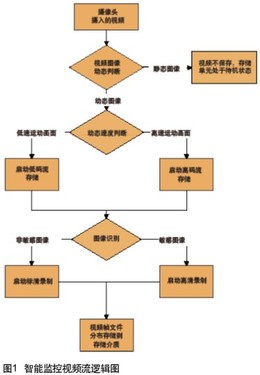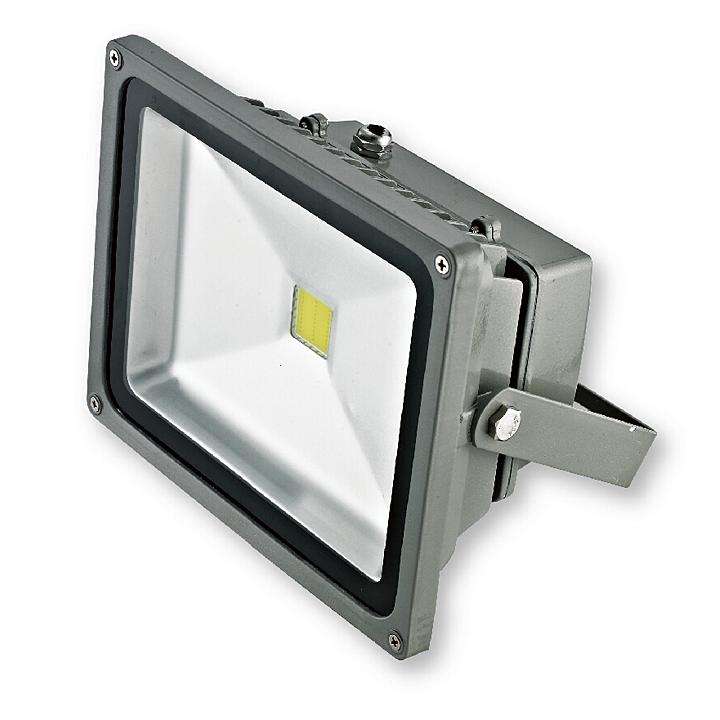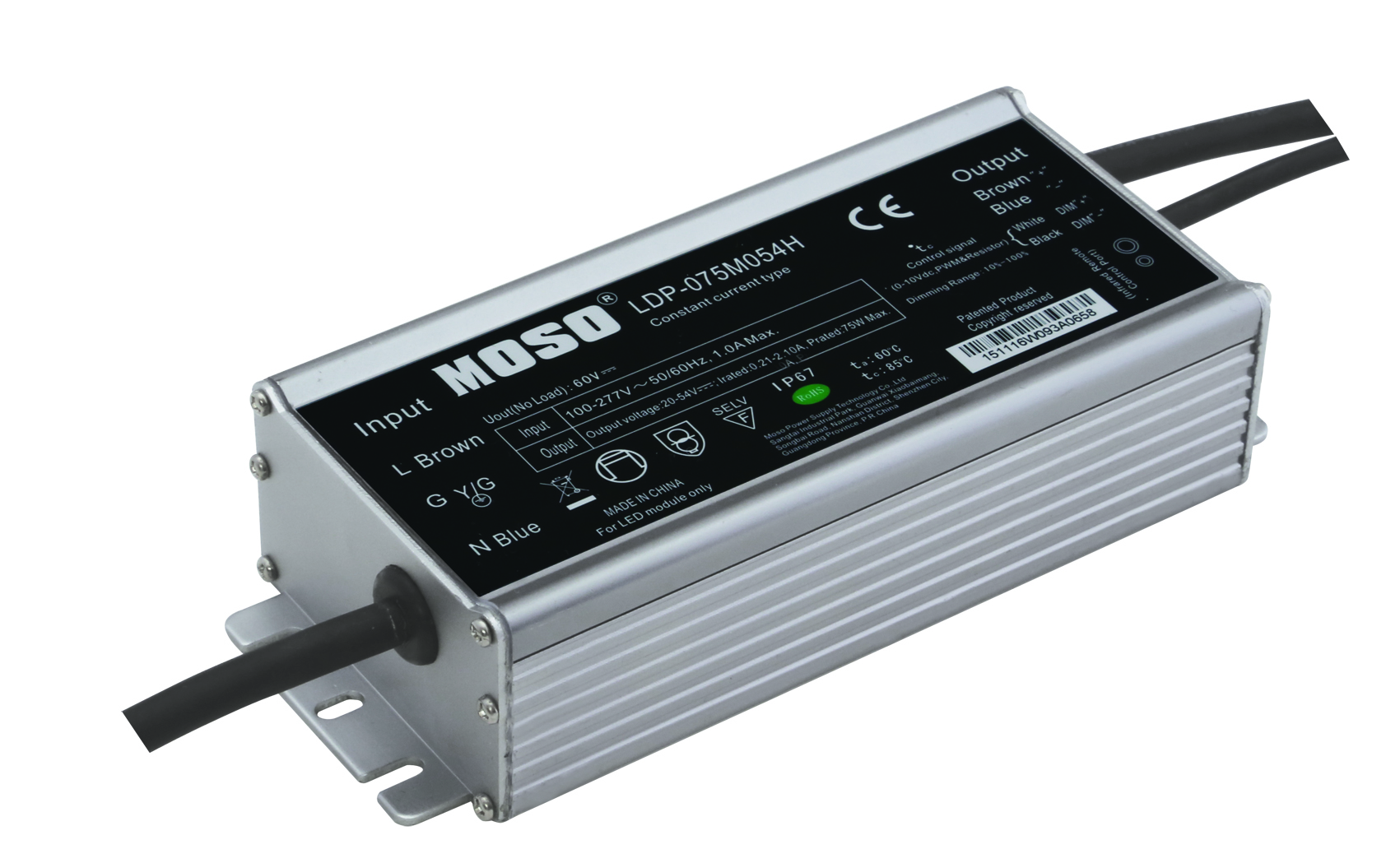Analysis of intelligent technology
This article refers to the address: http://
Intelligent monitoring technology has been developed in many independent fields, but there has not been a perfect comprehensive solution. Based on years of work practice and the current development of computer technology, the author proposes the following five technical aspects. .
Intelligent code stream technology
The intelligent code stream is a system that adjusts the code stream of the normally recorded video according to the motion speed of the moving body of the picture according to the image recognition, and performs the final video storage. For moving subjects with slow motion, the code stream recording can be as low as 8 frames per second (fps). For subjects with normal speed motion, the code stream is set to normal 25fps, and the video stream for moving objects of sensitive images can be set. Set at 30fps or more. For high-speed motion subjects, the code stream can be as high as 1000fps or more with the cooperation of high-speed cameras. Intelligent code stream technology can reduce the video storage resources occupied by non-sensitive images, thus providing sufficient recordability for sensitive images.
Dynamic area adaptive intelligent monitoring technology
Taking a garage video surveillance screen as an example, the sensitive information on the screen is a moving vehicle and a person. The insensitive picture is the background (ground and roof). But in actual video recording, the background (ground and roof) occupies more than 50% of the storage space. With the image recognition technology, it is possible to determine the fixed background and the moving object image, and thus it is possible to have motion only in the recorded picture. Dynamic area intelligent monitoring means that only moving objects other than background are recorded, which greatly reduces the requirement of video storage space. The same storage space can be doubled in length of video that can be reserved. The camera system, through image recognition technology, can intelligently learn and determine which images are the background. Even the camera controlled by the pan/tilt can automatically determine the new background in the recorded video through the automatic learning within the set time. Intelligent monitoring of moving object images.
Low bitstream recording technique for non-sensitive areas
The area from 25% to 30% above the video, usually the top image of the sky or building, is basically an area where sensitive elements are unlikely to appear. For example, the image of the red mosaic part in some typical surveillance images does not contain the video content that people care about, so the non-sensitive area of ​​the video image can be ignored or additionally recorded with the low stream, just during playback. The high-stream video is synchronized. It is worth noting that non-sensitive areas are different in different application scenarios, some may be below the video image, some monitoring scenes, non-sensitive areas are irregular, and can be placed after the video surveillance system is installed, according to the actual situation. The situation is then manually set at the application level.
Face/vehicle recognition (or other sensitive moving objects) drives HD video recording technology
In special scenes, such as the entrance to the building, elevators, etc., the face is a sensitive image. In the garage, at the entrance and exit of the community, the vehicle and its number plate are sensitive images. If all the high-definition video can meet the monitoring needs, but the video storage, especially the long-term storage will require a large amount of storage space; if the image recognition technology is used to judge the presence of the set sensitive image, the camera is activated. High-definition recording, for general non-sensitive images, start a standard-definition or even low-rate video stream to record. This combination of high-definition and standard-definition monitoring records ensures the quality of recorded sensitive images while reducing the amount of video storage to a large extent.
Sequence frame video file distribution storage technology
The frame generated by the video in one second is identified as a sequence frame, and the storage and play sequence is compiled, and the frames of different sequences are divided into several file stores; the single frame sequence file can be played separately, and the effect is equivalent to the video recorded by the low stream. effect. When all frame sequences can be synthesized together with a full video, it is a high definition (or standard definition) video effect. When the storage space needs to be reclaimed, it can be planned according to the storage strategy, and the area occupied by a part of the sequence frame video file is first covered. The other part is saved to make more efficient use of storage space. For example, the original storage capacity can retain one month of video data, and after the distribution of the video frame file is stored, the file data of the selected sequence frame video can be retained for several months. Partial coverage of the sequence frame video files that have been retained for the medium and long term, the video that fades in and out is gradually discarded, and the video data retained for a long time is not completely disappeared, but slowly disappears and is discarded. This maximizes the time it takes to monitor video retention.
Video streaming based on intelligent video surveillance based on the above five technologies
As shown in Figure 1, the intelligently monitored video stream is recorded and stored after a series of different levels of image recognition. The dynamic area adaptive intelligent monitoring technology and the application of the non-sensitive low-stream recording technology can be implemented throughout the storage process according to actual needs; or selectively implemented according to manual settings at the application level. Image recognition is performed hierarchically from initial identification to fine identification. For the sampling frequency of the video image recognition, the specific frequency can be set as needed, and it is not necessary to recognize the image of each frame.

The output current programmable constant power led driver is the most high-profile solution for Flood Light LED Driver from 42W to320W. It`s compatible with various safety regulations, certified with UL, CE, TUV, ENEC, CB, SAA, BIS, KC, etc, integrating the function of output current adjustable with 3-in-1 dimming, for customers to choose the output current demand and 1-10Vdc, PWM signal and timer control by just one single driver.

The output current adjustable led driver is a perfect power proposal for led Flood light, the flood light led driver power from 26W to 150W. It does satisfy the demands for both function and cost effective together, certified by CE institute. The compact metal case and high efficiency enables the driver to operating with high reliability, and extending product lifetime to at least 50,000 hours.

The economic output current fixed led control gear is focused on quality reliable and cost decreased at the same time to offer the best economic flood light led driver solution for light from 26W to 150W. Approved by CE institute, the led driver with multiple protections, like output OVP, SCP and OTP ,surge protection up to 6KV and wild range working temperature to ensuring the lifetime also at least 50,000 hours.
MOSO flood light led driver with it`s wild range options, satisfied all the customers` requirements from the whole world.
Flood Light LED Driver
Flood Light LED Driver,Programmable Flood Light LED Driver,Dimmable Flood Light LED Driver,Dali Flood Light LED Driver
Moso Electronics , https://www.mosoleddriver.com